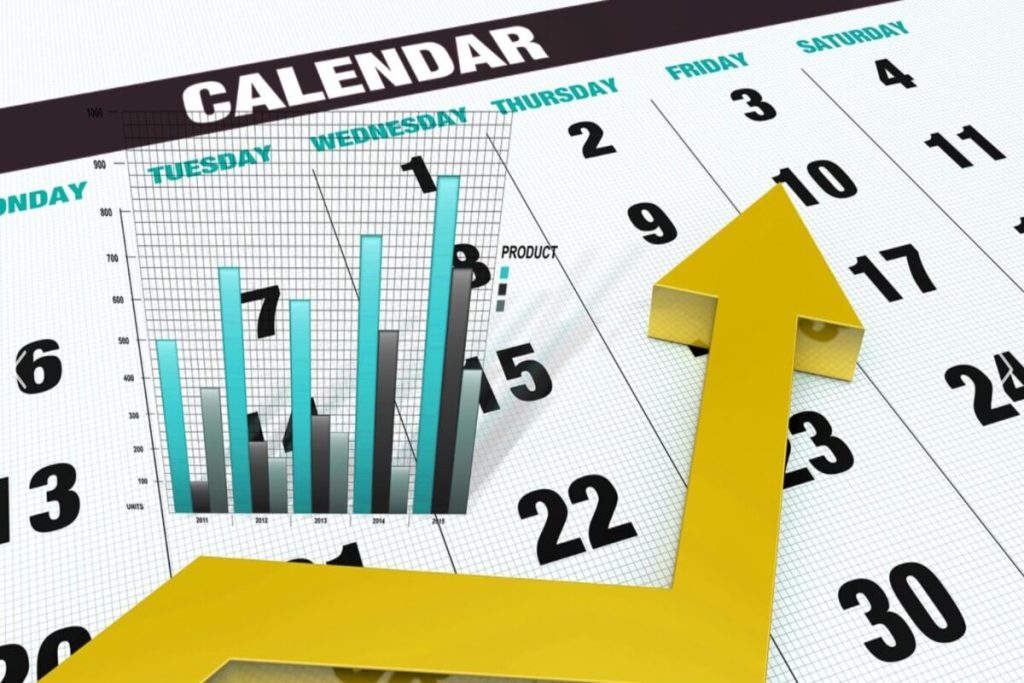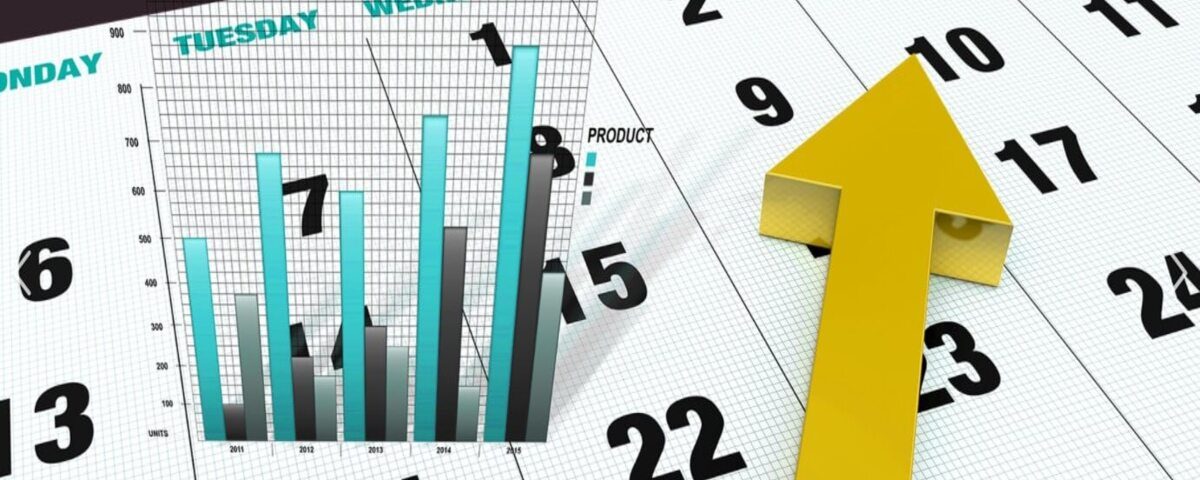
The Impact of Economic Indicators on Forex: A Comprehensive Guide
13/07/2024
Forex Market Sentiment Analysis: A Comprehensive Guide
13/07/2024How to Use the Economic Calendar: A Comprehensive Guide
Introduction to the Economic Calendar
The economic calendar is an essential tool for Forex traders, providing information on upcoming economic events, data releases, and their potential impact on financial markets. By staying informed about key economic indicators, traders can make more informed decisions, anticipate market movements, and develop effective trading strategies. This comprehensive guide will explain how to use the economic calendar, its key features, and best practices for integrating it into your trading routine. Whether you are a beginner or an experienced trader, understanding how to utilize the economic calendar can significantly enhance your trading performance.

What is an Economic Calendar?
An economic calendar is a tool that lists scheduled economic events and data releases, along with their expected impact on financial markets. These events can include central bank meetings, employment reports, GDP releases, inflation data, and other economic indicators that influence currency values and market sentiment.
Key Features of an Economic Calendar
- Date and Time: Specifies when the event or data release is scheduled.
- Currency Impact: Indicates which currency or currencies are likely to be affected.
- Event Description: Provides a brief description of the event or data release.
- Previous Data: Shows the previous value of the economic indicator.
- Forecast: Displays the market consensus or forecasted value.
- Actual Data: Updates with the actual data once released.
- Impact Indicator: Often color-coded or labeled to indicate the expected impact (e.g., low, medium, high).
Why the Forex Economic Calendar is Important
Anticipating Market Movements
Economic events and data releases can cause significant market movements. By monitoring the economic calendar, traders can anticipate these movements and position themselves accordingly.
Managing Risk
Knowing when high-impact events are scheduled allows traders to manage their risk more effectively. They can avoid opening new positions before major announcements or adjust existing positions to protect against adverse price movements.
Planning Trades
The economic calendar helps traders plan their trades by providing a schedule of important events. This allows them to focus on trading opportunities that align with their strategies and risk tolerance.
Enhancing Fundamental Analysis
The economic calendar is a crucial component of fundamental analysis. It provides insights into the economic health and performance of different countries, helping traders make informed decisions based on macroeconomic trends.
How to Use the Economic Calendar
Step 1: Access an Economic Calendar
Several financial websites and trading platforms offer economic calendars. Some popular options include:
- Forex Factory: Comprehensive calendar with detailed event descriptions and impact ratings.
- Investing.com: Offers a global economic calendar with real-time updates.
- DailyFX: Provides an economic calendar with filters for impact, currency, and event type.
- MetaTrader 4 (MT4) and MetaTrader 5 (MT5): Popular trading platforms with integrated economic calendars.
Step 2: Set Your Time Zone
Ensure that the economic calendar is set to your local time zone. This makes it easier to track events and plan your trades accordingly. Most economic calendars allow you to customize the time zone settings.
Step 3: Filter Events by Impact
Focus on high-impact events that are more likely to cause significant market movements. These events are typically color-coded or labeled as high impact. Medium and low-impact events can also be considered, but they may not have as significant an effect on the market.
Step 4: Select Relevant Currencies
Filter the economic calendar to show events related to the currencies you are trading. This helps you focus on the most relevant information and avoid being overwhelmed by data that may not impact your trades.
Step 5: Review Event Details
For each event, review the following details:
- Event Description: Understand what the event or data release is about and why it is important.
- Previous Data: Note the previous value of the economic indicator to see the historical trend.
- Forecast: Pay attention to the market consensus or forecasted value, as it sets the expectation for the actual release.
- Actual Data: Compare the actual data to the forecast once it is released. Significant deviations from the forecast can cause market volatility.
Step 6: Plan Your Trades
Based on the information from the economic calendar, plan your trades accordingly. Consider the following strategies:
- Pre-Event Positioning: Take positions ahead of high-impact events if you have a strong conviction about the outcome.
- Avoiding Volatility: Stay out of the market during high-impact events to avoid unpredictable price swings.
- Post-Event Trading: Trade based on the market reaction to the actual data release, taking advantage of new trends and price movements.
Key Economic Events to Monitor
1. Central Bank Meetings
Central bank meetings are among the most significant events on the economic calendar. Decisions on interest rates and monetary policy can have a profound impact on currency values.
- Federal Reserve (Fed)
- European Central Bank (ECB)
- Bank of England (BoE)
- Bank of Japan (BoJ)
- Reserve Bank of Australia (RBA)
2. Employment Reports
Employment data, such as the US Non-Farm Payrolls (NFP) report, provides insights into the labor market’s health and economic performance.
- Non-Farm Payrolls (NFP)
- Unemployment Rate
- Average Hourly Earnings
3. GDP Releases
Gross Domestic Product (GDP) measures the overall economic output and growth of a country. GDP releases are closely watched indicators that can influence currency values.
- Quarterly GDP
- Annual GDP
4. Inflation Data
Inflation measures the rate at which prices for goods and services rise. It is a key indicator for central banks when setting monetary policy.
- Consumer Price Index (CPI)
- Producer Price Index (PPI)
5. Trade Balance
The trade balance measures the difference between a country’s exports and imports. It provides insights into the demand for a country’s goods and services.
- Trade Surplus
- Trade Deficit
6. Retail Sales
Retail sales data reflects consumer spending, a critical component of economic growth.
- Monthly Retail Sales
- Core Retail Sales (excluding autos)
Example of Using the Economic Calendar
Scenario
A trader is focusing on the EUR/USD pair and wants to plan trades around key economic events.
Steps
- Access the Economic Calendar: The trader uses Forex Factory’s economic calendar.
- Set Time Zone: The trader sets the calendar to their local time zone.
- Filter Events: The trader filters for high-impact events and selects EUR and USD as the relevant currencies.
- Review Event Details: The trader identifies two high-impact events for the week:
- ECB Interest Rate Decision: Scheduled for Thursday at 12:45 PM GMT.
- US Non-Farm Payrolls (NFP) Report: Scheduled for Friday at 1:30 PM GMT.
Pre-Event Positioning
The trader believes that the ECB will maintain its current interest rate but may signal future policy changes. The trader decides to take a long position on EUR/USD ahead of the ECB meeting, expecting the euro to strengthen if the ECB hints at tightening monetary policy.
Avoiding Volatility
For the NFP report, the trader decides to close any open positions in EUR/USD before the release to avoid potential volatility and unpredictable price movements.
Post-Event Trading
After the NFP report, the trader analyzes the actual data compared to the forecast. If the NFP data significantly exceeds expectations, the trader anticipates USD strength and considers shorting EUR/USD based on the new market sentiment.
Best Practices for Using the Economic Calendar
1. Stay Updated
Regularly check the economic calendar for updates and revisions to scheduled events. Economic data releases can be rescheduled, and forecasts can change.
2. Combine with Technical Analysis
Use technical analysis in conjunction with the economic calendar to identify entry and exit points. Technical indicators can help confirm the direction of price movements following economic events.
3. Manage Risk
Implement proper risk management techniques when trading around economic events. Use stop-loss orders to protect against adverse price movements and avoid overleveraging.
4. Keep a Trading Journal
Maintain a trading journal to track your trades and analyze the impact of economic events on your performance. Record details such as entry and exit points, position sizes, and the reasons for taking each trade.
5. Adapt to Market Conditions
Be flexible and adapt your trading strategies based on the market’s reaction to economic events. Market conditions can change rapidly, and being able to adjust your approach is crucial for long-term success.
Conclusion
The economic calendar is an invaluable tool for Forex traders, providing essential information on upcoming economic events and data releases. By understanding how to use the economic calendar effectively, traders can anticipate market movements, manage risk, and make informed trading decisions. Whether you are trading ahead of major events, avoiding volatility, or capitalizing on post-event trends, integrating the economic calendar into your trading routine can significantly enhance your performance. With this comprehensive guide, you are now equipped with the knowledge to leverage the economic calendar for a more informed and profitable trading experience.



